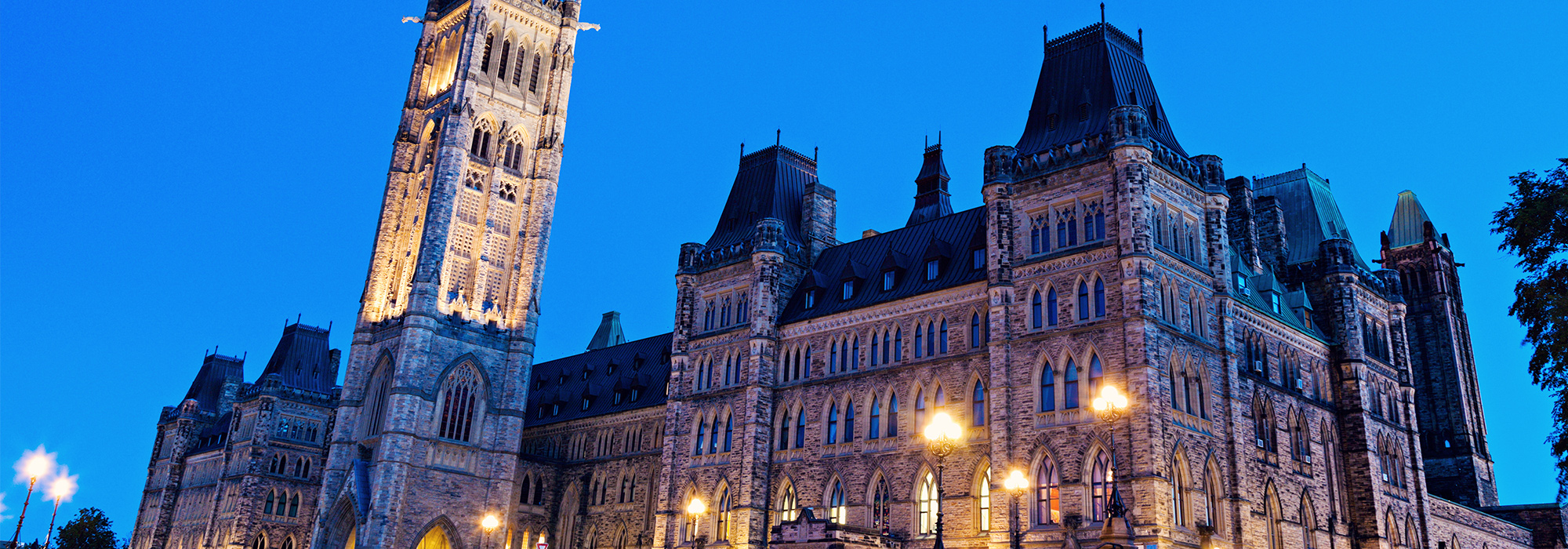
Rudyard Griffiths’ Who We Are falls into two parts, plus suggested remedies for Canada’s ills, and a personal confession in the final chapter. Griffiths is one of the founders of the Dominion Institute, created after the razor-thin loss by the Quebec “Yes” forces in the 1995 referendum. The confession reveals that Griffiths is himself a dual citizen, eligible for both a Canadian and a British passport. Canada’s first citizenship law did not recognize dual citizenship, though my earliest Canadian passport carried the statement: “A Canadian citizen is a British subject,” and so we were all dual citizens, the citizenship law notwithstanding. Had we retained that status, we could now carry European Union (EU) passports. But that could not be; there was no place for Canadian “British subjects” once the United Kingdom joined Europe in the EU.
The first part of Who We Are presents a gloomy future. There will be global warming, graying of the population, lack of interest in civic responsibilities, provincial protectionism, foreign takeovers, and finally, insufficient respect for Canadian traditions. In 2005, the last Canadian veteran of the First World War died, and Britain and France sent representatives to his funeral. Canada sent none. The symbolism of Canada’s inaction speaks volumes. But veneration of national symbols is not bred into the Canadian psyche. After their Civil War, Americans used the heroic traditions of the American Revolution, seasoned with whiff of Anglophobia, to heal the wounds of the Union and reunite it. Canadians had nothing similar, nor did we feel the need for it. Canada’s claim to British North America rested upon her allegiance to the monarchy. Thus, when Britain gave the Arctic Islands to Canada in 1880, she merely passed an orders-in-council transferring them from Queen Victoria’s British government to her Canadian one. The monarchy could still unite us in 1939, when Canada entered the Second World War. On September 9, Parliament debated whether to declare war, and the “nays” clearly won on points, but then the justice minister, Ernest Lapointe, arose and appealed to Canadian loyalty. King George VI and Queen Elizabeth had just ended a royal tour, and as the queen bid farewell, her parting words were “Que Dieu bénisse le Canada.” Lapointe quoted them to conclude his speech, and the House rallied, voting for war with only one “nay.” Queen Elizabeth II could not provoke a similar response today, and certainly Charles and Camilla never could. The fading of the monarchy has left a void.
Then there is demography. Caring for an aging population is a big, expensive business. How will Canada cope? Not very well, if Canadians retire at 65 and expect to live on pensions until they die. Medical advances have cured the diseases that used to decimate the over-65 cohort, and consequently the median age is increasing. Yet, with taxpayer dollars subsidizing their efforts to fend off old age, Canadians could remain longer in the work force. Immigration can counteract the declining birth rate and Griffiths wants lots of immigrants. Yet they bring problems. Immigrants today cluster in Toronto, Vancouver and Montreal, creating sprawling cities with ethnic enclaves, and they are more likely to fall beneath the poverty line than they once did. Griffiths recognizes another problem too: some of the brightest immigrants are returning home. Moving on is an old Canadian tradition: in the nineteenth century, emigration was only slightly less than immigration. But what magnifies this “Homeland Beckons” phenomenon now is the burgeoning of India, China, and the EU. Talented immigrants see a brighter future in their homelands than here. Griffiths thinks this “Homeland Beckons” phenomenon will create a new brain drain, and so it may, but it could also increase Canadian influence — and trade, abroad.
The main section of Who We Are is a brilliant snapshot of Canadian national development. I agree with Griffiths that Canada is a product of its history, and we shall lose Canada’s spiritual wellbeing if we forget it. The pivotal development was the coming of self-government, or “responsible government,” as the history books call it, in 1848. It was the starting point for new nation that was led out of a failed rebellion by two statesmen, an Anglo, Robert Baldwin, and a Canadien, Hippolyte Lafontaine. They were non-violent revolutionaries, whose goal was a country with peace, order and good govermment, where all men might be treated equally, whether they were born equal or not. Women too, though it took the intervention of the Judicial Committee of the Privy Council for them to be considered real persons eligible to sit in the Senate. Baldwin and Lafontaine belong to the history of central Canada, and a truly Canadian historical tradition should include the rest of the country. Yet anyone who seeks to understand Canadian attitudes should start with Baldwin and Lafontaine.
A review of Rudyard Griffiths, Who We Are: A Citizen’s Manifesto. Vancouver: Douglas and McIntyre, 2009.
Photo: Shutterstock







